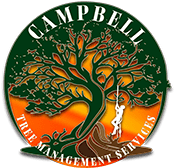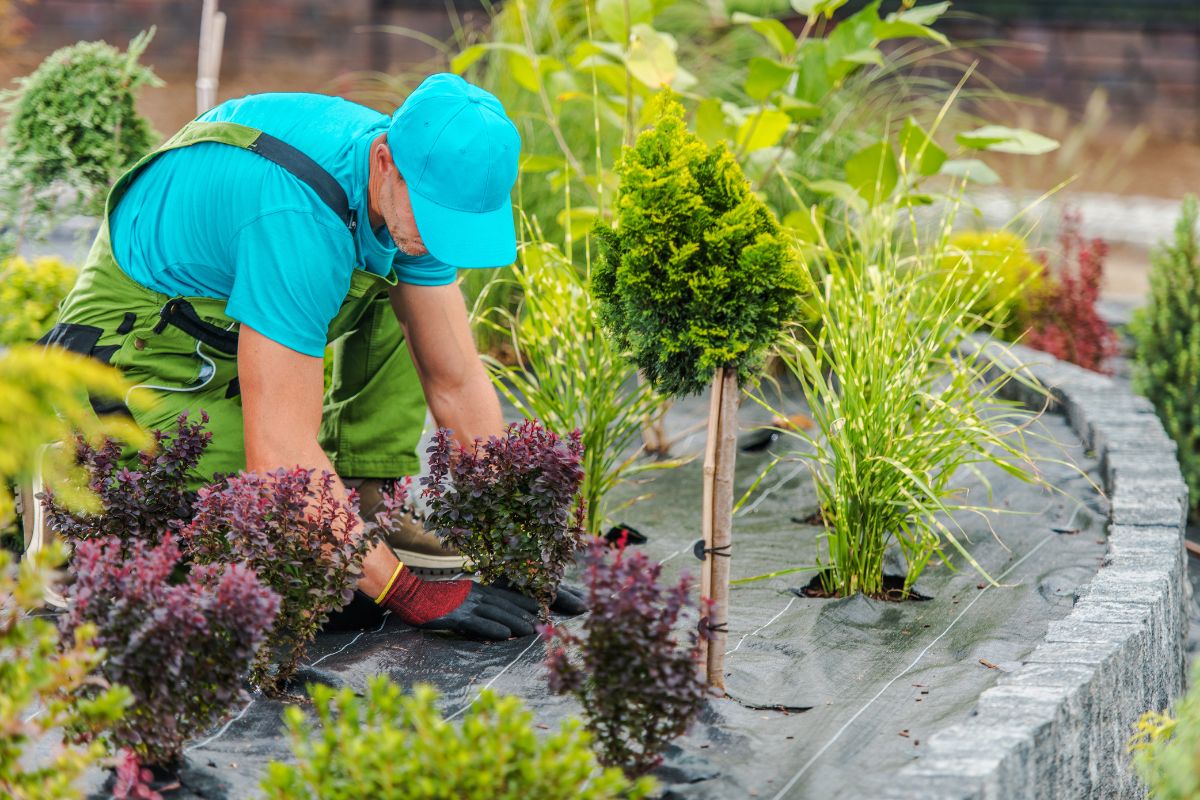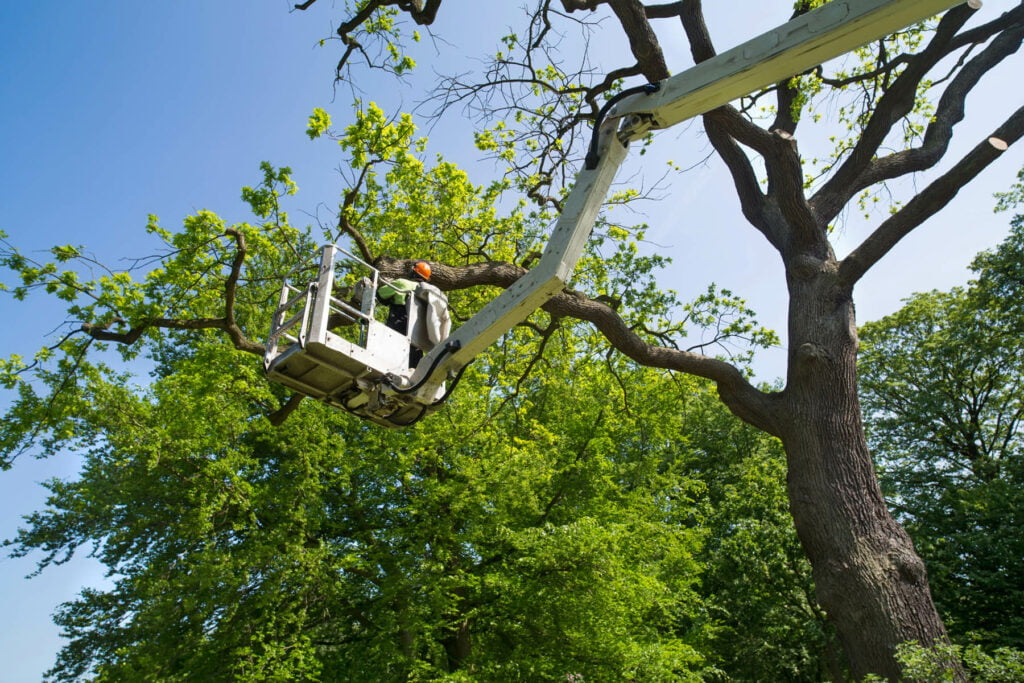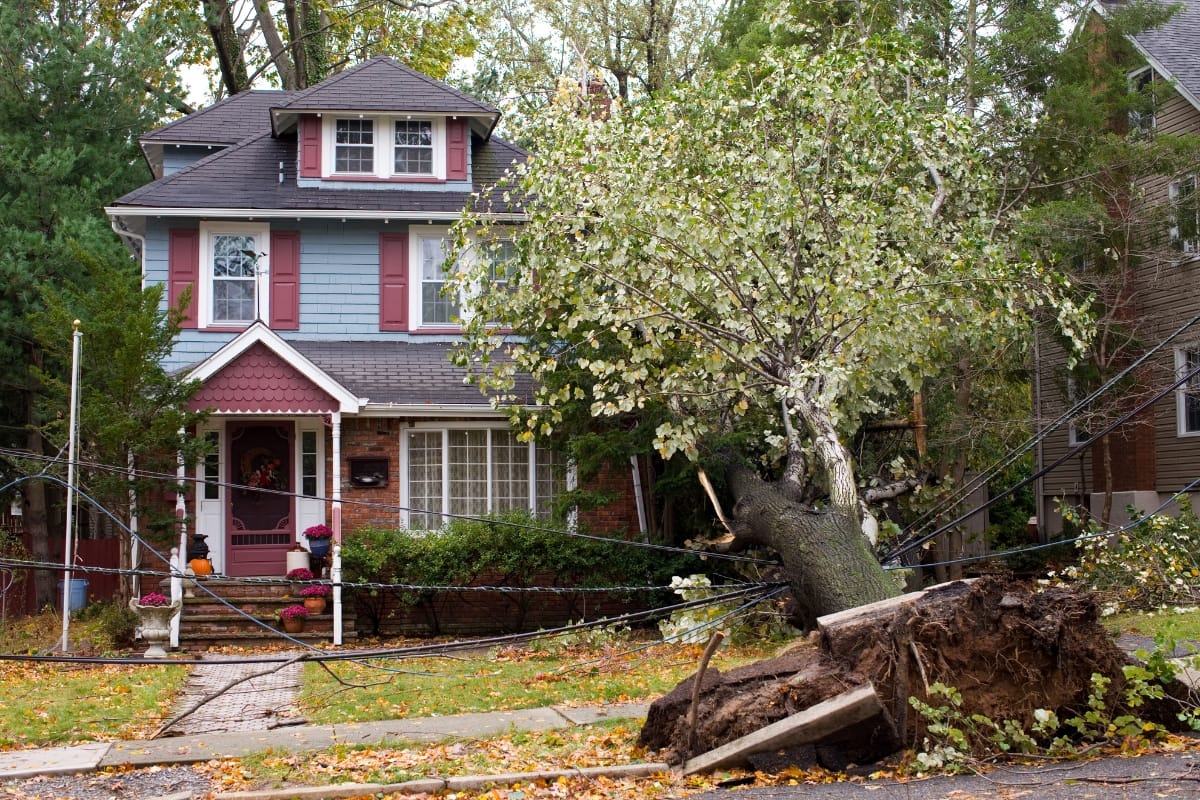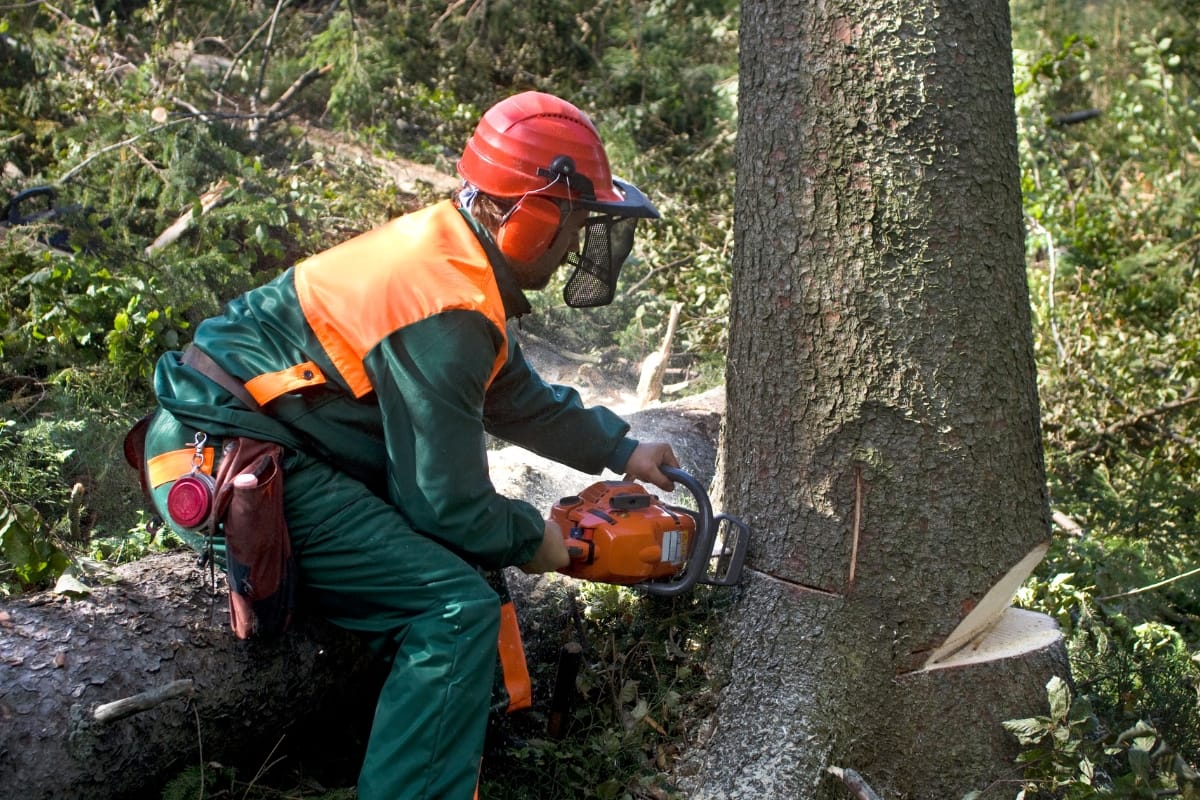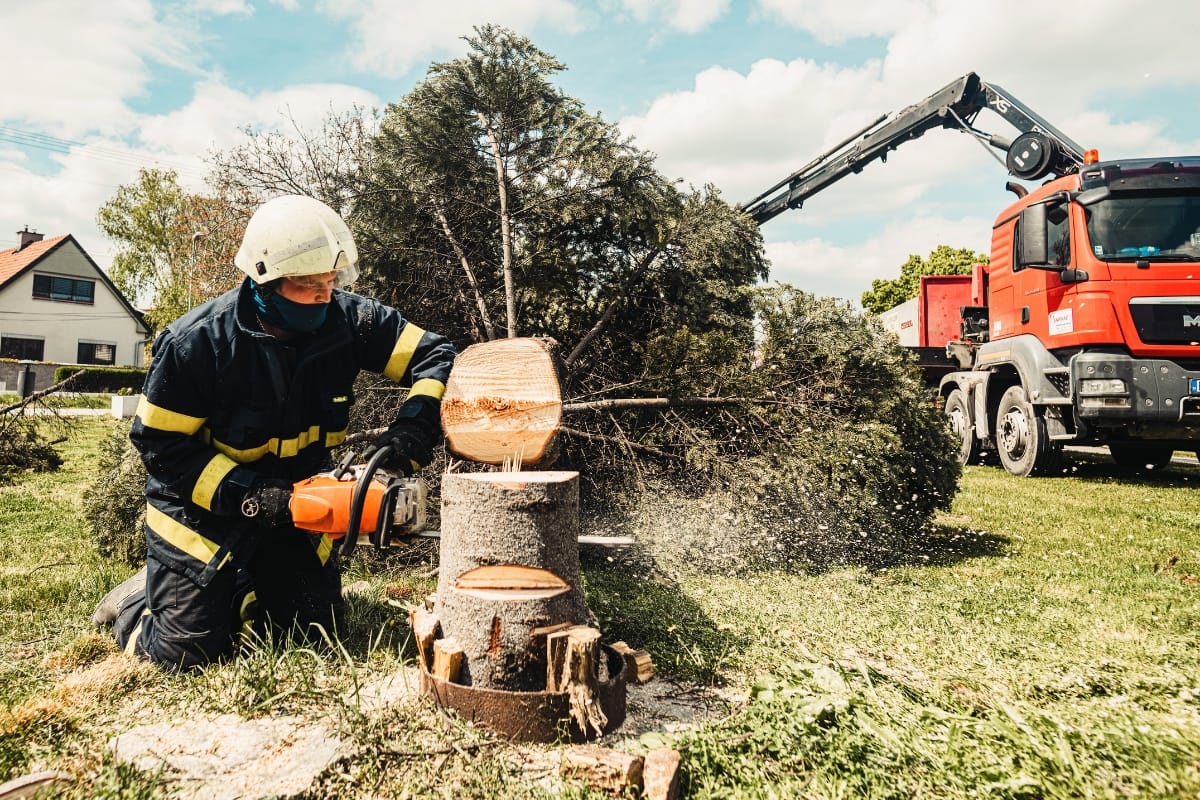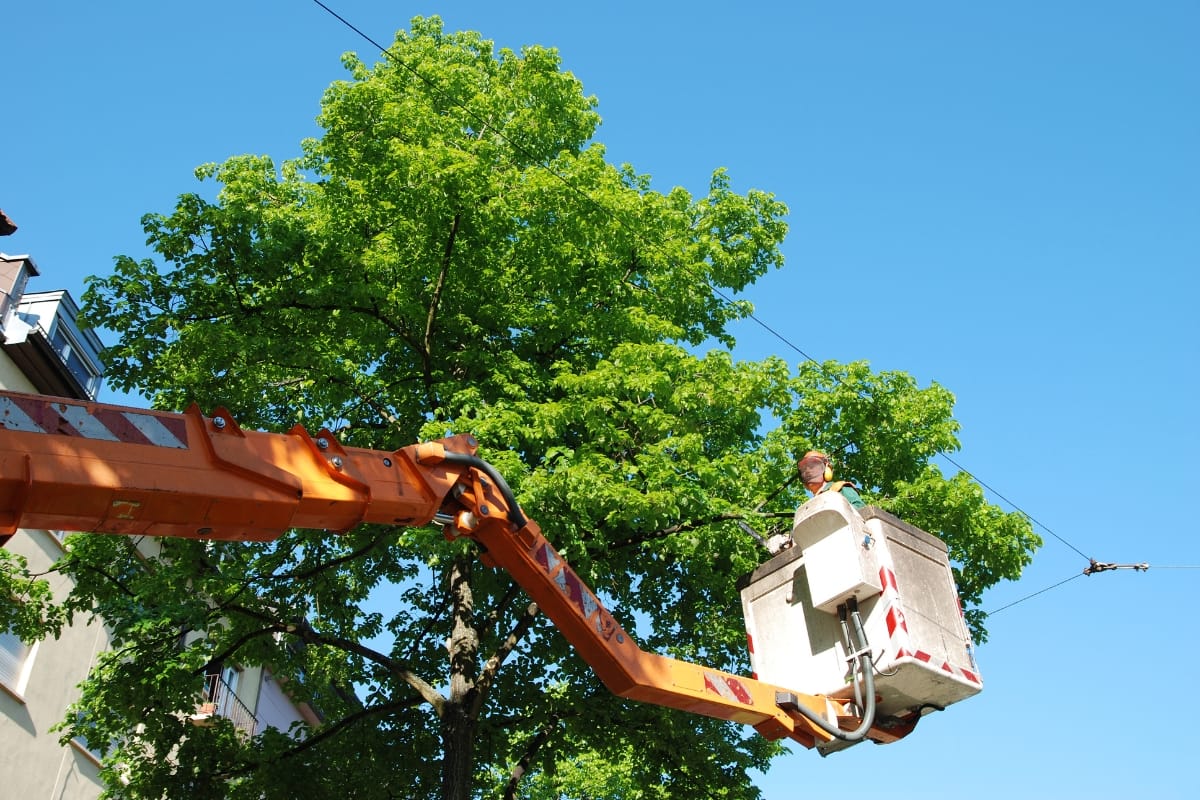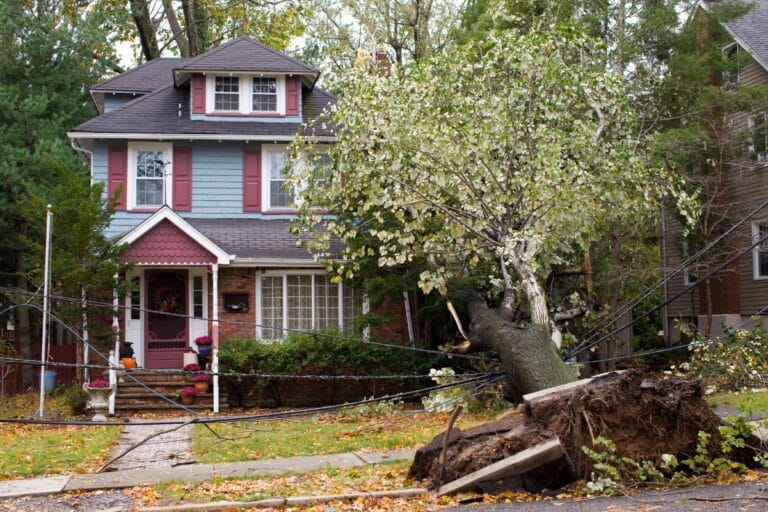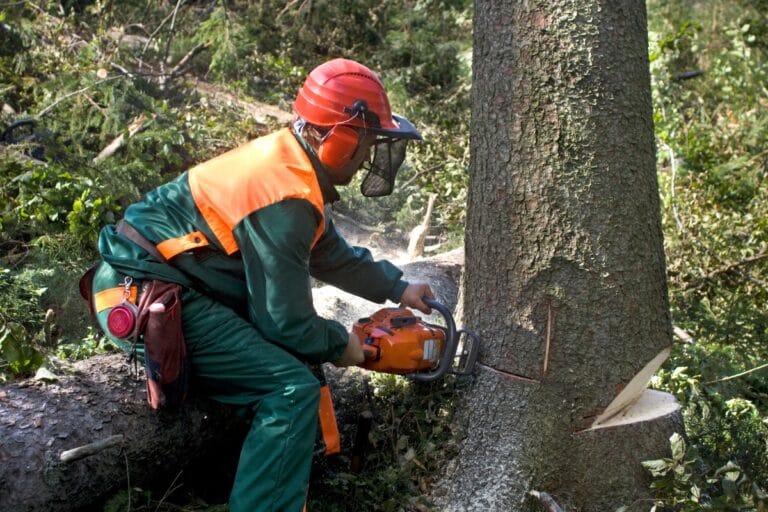While often overlooked, tree stumps can detract from a landscape enhancement’s overall aesthetics, creating visual clutter and diminishing the beauty of the surroundings. Additionally, tree stumps pose safety hazards, especially in high-traffic areas, where they can cause tripping accidents or damage lawn equipment.
Tree stumps can also become breeding grounds for pests and pathogens, leading to potential infestations and compromising the health of surrounding plants. In this context, understanding the importance of stump removal becomes paramount for ensuring a safe, visually appealing, and healthy outdoor environment.
Learn About Landscape Enhancement & Stump Removal
Landscape Enhancement: Benefits of Stump Removal
Stump removal offers several key benefits that significantly enhance your landscape:
- Improve Aesthetic Appeal: Removing tree stumps eliminates eyesores, improving your outdoor space’s overall look and attractiveness. This enhances curb appeal and creates a more visually pleasing environment for you and your visitors.
- Prevent Pest Infestation: Tree stumps can attract pests like termites, ants, and beetles, leading to potential infestations that can harm surrounding plants and structures. By removing stumps, you reduce the risk of pest problems and protect the health of your landscape.
- Create Space: Stump removal frees up valuable space for new plantings, landscaping features, or outdoor activities. This allows you to design and utilize your outdoor area more effectively, enhancing functionality and enjoyment.
Stump removal improves the appearance of your landscape and contributes to a healthier, pest-free environment while maximizing space utilization for your outdoor activities and design aspirations.
Methods of Stump Removal
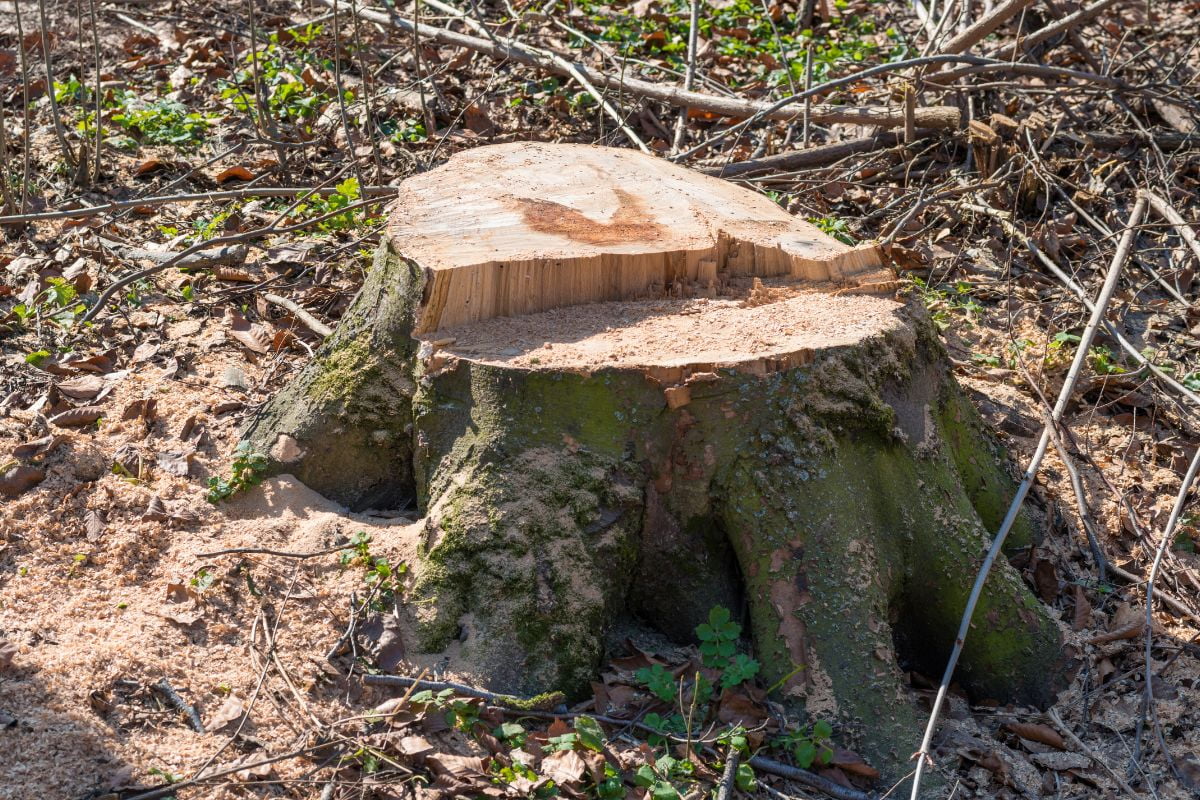
When it comes to landscape enhancement, tree stump removal plays a crucial role in transforming outdoor spaces. You have several options, each with advantages and considerations depending on factors such as stump size, location, and your preferences. Here are the three main methods of stump removal:
- Grinding: Stump grinding is popular due to its effectiveness and efficiency in landscape enhancement. It includes utilizing a specialized device, a stump grinder, to break down the stump into tiny wood chips. This process removes the visible portion of the stump and grinds it below ground level, ensuring complete elimination.
- Chemical Removal: Chemical stump removal utilizes specific chemicals to speed up the decomposition process of the stump, contributing to landscape enhancement. While it can be effective, this method is slower compared to grinding and may require multiple applications over time. It’s suitable for smaller stumps and situations where mechanical removal is challenging.
- Manual Removal: Manual methods of stump removal include digging out the stump or using equipment like a winch to pull it out. While labor-intensive, manual removal can be cost-effective, especially for DIY enthusiasts willing to invest time and effort.
Different methods have pros and cons, and the ideal choice depends on your specific landscape enhancement goals. Consulting a professional stump removal service can guide you in selecting the best approach for a stump-free and visually appealing landscape.
Environmental Considerations
Stump removal not only benefits landscape enhancement but also has positive environmental impacts:
- Impact on Soil Health: Removing tree stumps can improve soil health by eliminating obstacles that hinder root growth and nutrient absorption. Stumps left in the ground can decompose slowly, tying up nutrients and affecting soil structure. Removing stumps promotes better soil aeration, drainage, and nutrient availability, fostering healthier plant growth in your landscape.
- Reuse of Wood Material: The wood from removed stumps can be repurposed in various ways, contributing to sustainability and resource conservation. One common reuse is turning the wood into mulch, which helps retain soil moisture, suppress weeds, and improve soil fertility. Additionally, larger pieces of wood can be used for crafting outdoor furniture, decorative elements, or even firewood, reducing waste and adding aesthetic value to your landscape.
By considering these environmental considerations, you will enhance your landscape and contribute to a healthier ecosystem and sustainable practices.
Legal Considerations for Stump Removal in Georgia
When it comes to tree stump removal in Georgia, there are legal considerations and regulations that property owners should be aware of. Here are some key points to consider:
- Permits Required: In Georgia, permits may be required for tree removal, especially for certain tree species or in protected areas. It’s important to check with local authorities or the Georgia Department of Natural Resources to determine if a permit is needed before removing a tree stump.
- Protected Tree Species: Georgia has laws protecting certain species, such as endangered or rare trees. These trees may require special permits or considerations before removal or pruning.
- Guidelines for Tree Preservation: Tree ordinances and guidelines ensure the preservation of trees in Georgia during construction projects or land development. Property owners must follow these guidelines to avoid penalties or fines.
- Penalties for Illegal Removal: Removing trees or tree stumps without proper permits or in violation of tree preservation guidelines can result in penalties or fines. Adhere to legal requirements for tree management to avoid legal consequences.
By understanding and complying with these legal considerations, property owners can ensure that tree stump removal is conducted responsibly and in accordance with Georgia’s tree management laws.
Cost Factors

When considering stump removal, several factors can influence the overall cost of the process. Understanding these factors can help you make informed decisions about your stump removal options.
Factors Affecting Cost:
- Stump Size: Larger stumps generally require more time, effort, and equipment to remove, leading to higher costs compared to smaller stumps.
- Location: The location of the stump within your property can impact costs. Stumps in hard-to-reach or confined spaces may require specialized equipment or manual labor, increasing the overall cost.
- Number of Stumps: Removing multiple stumps as part of a larger project may result in cost savings per stump compared to individual removals.
Cost Comparison:
- Professional Stump Removal: The cost of professional stump removal services can vary based on factors such as stump size, location, and accessibility. On average, professional stump removal costs range from $150 to $500 per stump, depending on the complexity of the job.
- DIY Options: DIY stump removal can be more cost-effective, with expenses mainly related to renting or purchasing equipment and materials. DIY stump grinder rentals typically range from $100 to $200 per day, while chemical removal products can cost around $30 to $100 per application.
When evaluating costs, consider the overall value and benefits of professional versus DIY stump removal. While DIY options may seem cheaper upfront, professional services offer expertise, equipment, and safety assurances that can lead to more efficient and satisfactory results in the long run.
Hire Professionals for Landscape Enhancement & Stump Removal
Tree stump removal is a crucial aspect of landscape enhancement that offers numerous benefits. By removing tree stumps, you can improve the aesthetic appeal of your outdoor space, prevent pest infestations, and create room for new plantings or landscaping features.
Considering landscape enhancement through stump removal for your property? Look no further than Campbell Tree Management Services. We’re committed to enhancing the beauty and functionality of your outdoor spaces. Reach out to us today at (770) 286-8058 or request a free quote and let us help you transform your outdoor spaces into vibrant and flourishing landscapes!
